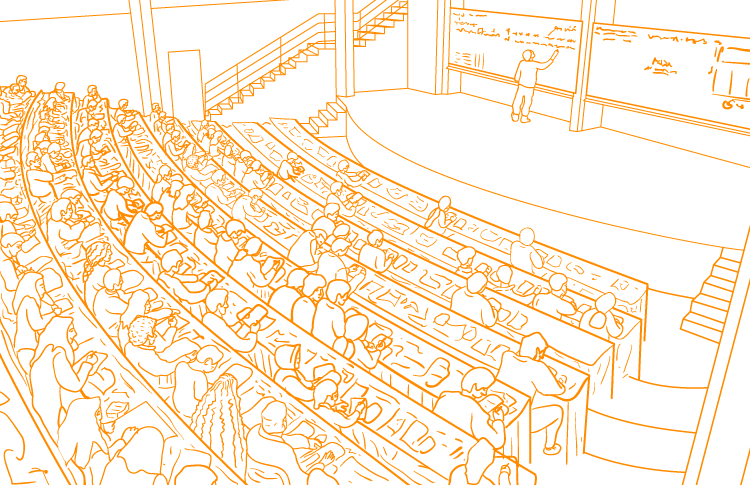The mission of the ULISSES Project is to provide technological solutions with the objective of resolving one of the most significant problems of our time: the Pension Funding Crisis. As an applied project, the ULISSES Project addresses the underlying issues of the Crisis using integrated hardware, software, and data solutions that can be readily implemented, resulting in immediate "bottom line" impact. Believing that the best solutions are those that directly empower asset owners, the ULISSES Project is focused on delivering tools that asset owners can directly apply themselves. There are three fundamental technological areas addressed by the ULISSES Project to accomplish its mission: Systems Solutions, Standards, and Educational Services.

The ULISSES Project tests hardware, software, and data-driven systems that asset owners can directly implement to enable them to insource tasks that have historically been outsourced. The ULISSES Project "model frameworks" act as live systems that asset owners can use as benchmarks in developing their internal systems. These systems are made available via the ARGOS Initiative, the ULISSES Project cloud-based environment hosted by FlexAxion®. The ARGOS model systems are only made available to academic researchers, educators, and students studying asset management and individuals currently working for asset owners who are pursuing continuing education. At the heart of the ARGOS systems are the FlexAxion® Joshua servers, constructed to meet the evolving processing and data storage demands of exascale financial computing.

Some of the most significant problems facing the investment world are linked to the lack of consistent reporting and identification standards. This was clear in the 2007-2008 Financial Crisis when it took months to sort out the entity mapping issues, not to mention the financial reporting issues. To address this "mapping problem," the ULISSES Project began the AIAX Initiative. Using advanced machine learning tools developed by Rand Labs®, AIAX uses the diversity of the attributes of economic entities, financial reporting, and transactions to produce an increasingly accurate information architecture which is continuously updated. In summary, rather than provide a "top-down" solution, AIAX uses a "bottom-up" information architecture to produce continually evolving "as reported" entity, reporting and transaction taxonomies that have been empirically proven to be superior to the confusing, and much slower-moving, "top-down" systems dictated by standard-setting institutions which are inherently political and backward-looking.

In furtherance of its mission, the ULISSES Project developed the AGORA Initiative, an integrated environment addressing the areas of Research, Risk Assessment, and Portfolio Management with the ultimate goal of educating and assisting asset owners in their insourcing activities. The AGORA Initiative applications are hosted on ARGOS and utilize Jupyter Notebooks to deliver training on applied technologies using data integrated with AIAX standards and incorporating a series of open source and proprietary applications that are called via Python. As a general rule, the ULISSES Project training material rely on live investment data provided by its corporate partners. While the core curriculum covers Research, Risk Assessment, and Portfolio Management, the ULISSES Project team is developing curriculum in additional areas, including Computer Science Foundations, Econometrics Methods, and Valuation Frameworks.